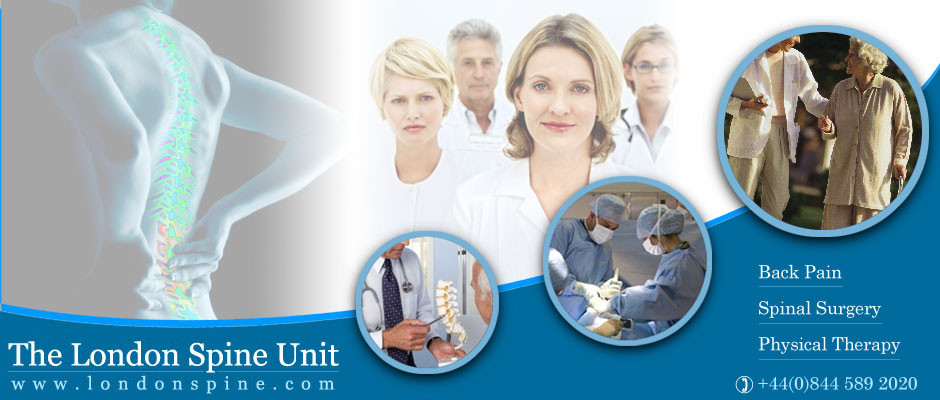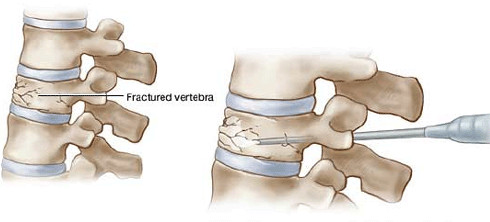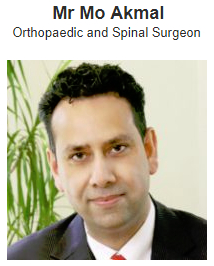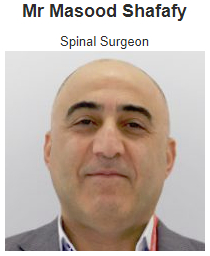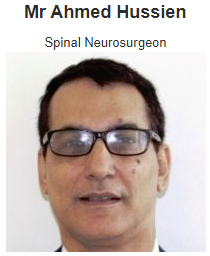Lumbar microdiscectomy (LMD) is a procedure to remove material from a damaged disc that presses on the spinal nerves.
The disks of the spine are made of a soft material that cushions the vertebrae. Sometimes, these discs can be bulked or move out of place and make pressure on the spinal nerves. This condition is known as a herniated disc (it can also be called protrusion or disc protrusion or "pinched disc"). A herniated disc can cause severe pain in the legs. This pain is known as sciatica or radiculopathy.
The goal of surgery is to remove the abnormal material from the disc and eliminate the exerted pressure on the nerves. When the pressure disappears, the pain of the nerves almost always decreases.
Possible benefits:
- It can reduce or eliminate leg pain caused by a nerve pinched by a herniated disc.
- It can be practiced through a very small incision, so it is considered a "minimally invasive procedure".
- The healthy material of the disc is kept in place and can continue its normal functioning.
- It does not damage adjacent discs.
Possible risks and complications:
- Blood loss: The blood loss is minimum. However, as with any other surgical procedure, there is a possibility of increased blood loss or even a potentially fatal loss.
- Infection: Even with the use of antibiotics and attention in sterilization techniques, there is a small risk of developing a wound infection.
- Damage to the sac containing the nerves, with leakage of cerebrospinal fluid: If the sac containing the nerves is accidentally opened during surgery, it will be repaired. This should not have any negative effect on the patient's long-term result, but it is not recommendable to spend 1 or 2 days lying in bed to allow the repair to strengthen. Rarely, additional treatments may be necessary.
- Damage to the spinal nerves or the spinal cord: In case of nerves or spinal cord damage, the patient may be affected with chronic pain, numbness or weakness in the legs.
- Recurrence of a herniated disc: A disk fragment can be detached and move towards the nerve. If this happens, symptoms may return and the patient may need another surgery. This can happen at any time (from a few days to a few years after surgery).
- Painful instability: The LMD can weaken your disk. In some patients, this can cause pain or instability. If this happens, another surgery to fuse the weakened disc may be required.
• Persistence of symptoms: The surgeon will do everything possible to obtain the best result. Even so, surgery may not relieve all of your symptoms.


